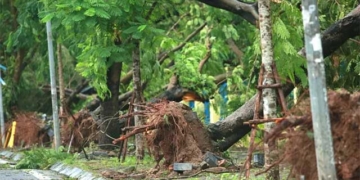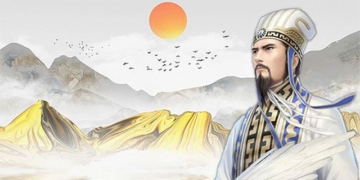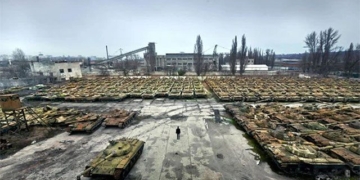A group of perfumers has recreated an ancient fragrance formula from Mesopotamia that dates back 3,200 years.
This perfume uses indigenous plants from the Mesopotamian region and is currently on display at the historic St. George’s Church in Diyarbakır, Southeastern Turkey.
This is the second time the Mesopotamian Perfume Exhibition has been held, following the first event in Şanlıurfa earlier this year. Diyarbakır is one of the few places in ancient times where a flourishing perfume culture developed. In fact, it is also considered a significant stop on the path of ancient fragrance development.
According to Daily Sabah, perfumers and scent experts participated in the program. Replicas of ancient perfume bottles from thousands of years ago have been displayed at St. George’s Church, and visitors have even received samples of this ancient Mesopotamian fragrance.
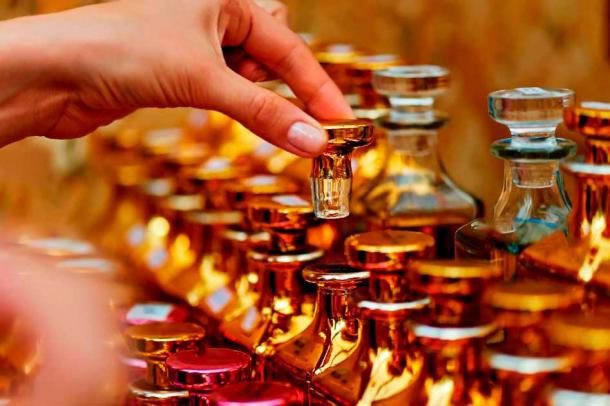
Mesopotamia is one of the oldest and earliest civilizations, emerging in the Middle East thousands of years ago. It is one of the four famous river valley civilizations in the world (the other three being the Nile civilization of Egypt, the Indus River civilization of India, and the Yellow River civilization of China).
Why is this ancient Mesopotamian perfume called Nisaba?
Created from plants native to the Upper Mesopotamian region, this perfume is named Nisaba after the goddess of grain and writing in Mesopotamian mythology.
Nisaba is one of the oldest Mesopotamian goddesses mentioned in ancient texts. Although after the old Babylon era, she ceded her position to Nabu, a newer deity, her name continued to appear in the written records of ancient Mesopotamia.
Fragrance therapy expert Bihter Türkan Ergül, one of the project participants, stated: “We have given it a new name: Mesopotamian Nisaba, which means the goddess of grain, land, and knowledge.”
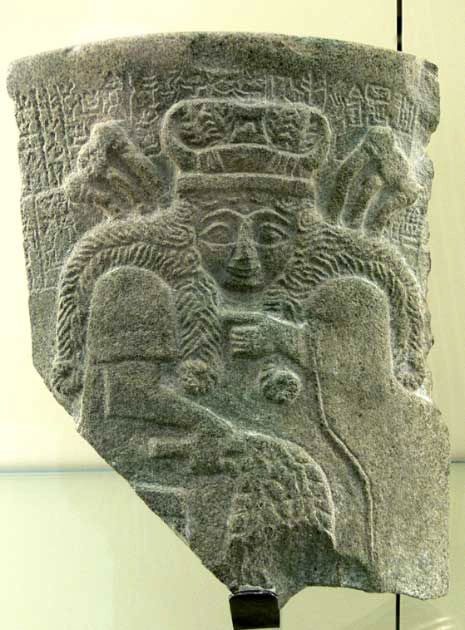
Description of the goddess Nisaba at the Pergamon Museum in Germany.
Diyarbakır and Ancient Fragrance Trade!
Diyarbakır is located in the Mesopotamian basin and has been home to many ancient civilizations such as Sumer, Assyria, Babylon, and the Hittites. It serves as a major center for perfume production and an important stop for traders on ancient fragrance routes connecting India and Arabia with Mesopotamia, Syria, Israel, Egypt, Greece, and Rome.
These ancient Mesopotamian perfumes were bottled in special ceramic and glass vessels. The perfumes displayed at the exhibition are also contained in replicas of the bottles and boxes discovered during excavations.
These items were originally excavated from the 3,000-year-old Zerzevan Castle, located between Diyarbakır and Mardin, which served as a military settlement during the Roman Empire. Assistant Professor Cenker Atila, an archaeologist from Sivas Cumhuriyet University and an expert in ancient ceramics, glass, and perfume, oversaw the production of these replicas.
This project involved extensive research on the ancient processes used to extract fragrances, which were then adapted to fit modern laboratory techniques.
Similarly, identifying the plant species that produced Mesopotamian perfumes was not an easy task. “We studied the fragrance culture, specifically the areas where they were produced and used, along with our experts,” Ergül explained about the research process to Daily Sabah. “We know that these plants grow in the Mesopotamian land, but we cannot be certain that the plants now are the same as those in the past.”
“We tried to apply traditional methods in the local production of perfume,” she emphasized about the Mesopotamian perfume-making process. “Now they will be produced in both Europe and other countries. The fragrance born from this land will continue to spread out into the world with the pride it deserves.”
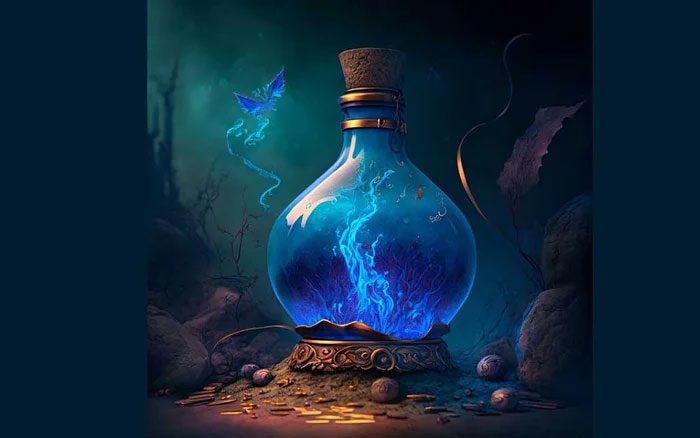
Ancient Mesopotamian perfumes were bottled in special ceramic and glass vessels.
Reproducing the perfume bottles is another aspect the team had to consider. Archaeologist Cenker Atila described the process of replicating original pieces displayed worldwide. He explained: “We have created accurate replicas and opened an exhibition focused on Mesopotamia and Anatolia.”
“In the future, by analyzing the data discovered in Pergamon in Izmir and Zerzevan Castle, we will attempt to create perfumes similar to those produced in ancient times, both to provide commercial income for the local people and to attract tourists,” the archaeologists stated.
The project hopes to soon begin commercial production of Nisaba perfume and many other ancient fragrances in the future. “These perfumes will be launched on International Women’s Day and will play an important role in addressing employment issues for local people,” Ergül shared. Diyarbakır Governor Ali Ihsan Su also announced plans to start large-scale production of Mesopotamian perfumes in the near future.














































